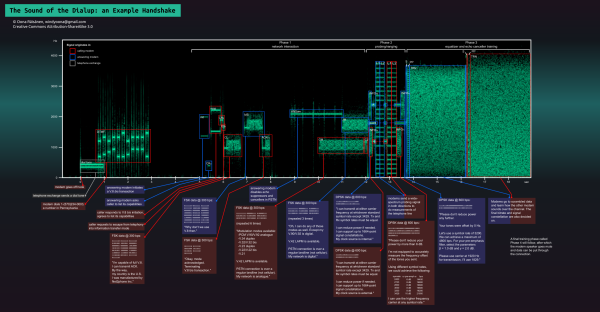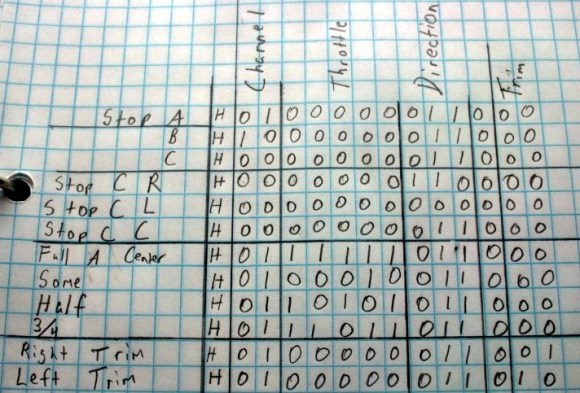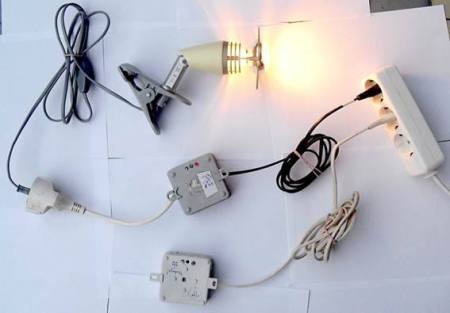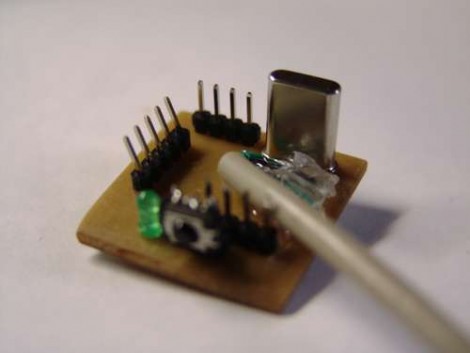This is a story mostly of decoding data, but there is a happy ending that includes turning that decoding work into an open source receiver. Xantrex solar charge controllers monitor a lot of data about what is happening with your solar panels, and they stream it over RJ25 but you need their add-on hardware to receive it. [Eric Herbers] figured if the data is being transmitted, a resourceful hackers should be able to decode it. And he did just that with a little help from his friends in the Hackaday community.
We asked on Twitter what people were working on and [Eric] posted his scope screenshot. The conversation that followed helped point him in the right direction and others knowing about the project surely drove him to finish it. The decoding isn’t perfect, but achieve enough to decode and display voltage, amperage, and temperature. [Eric] built the display unit using an Arduino Pro Mini and a character LCD housed in you most common of black project boxes.

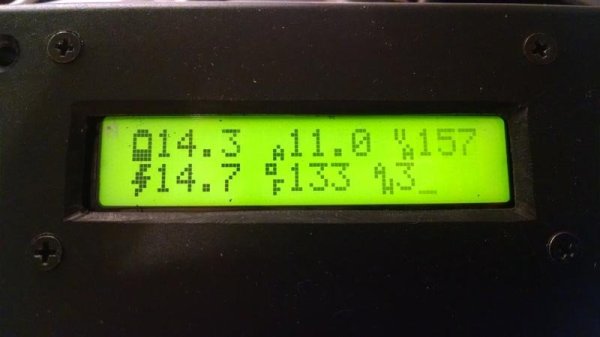

 [Texane] had been thinking about how to monitor the state of his garage door from a remote place. The door itself isn’t around any power outlets, and is a few floors away from where his server would be located in his apartment. This presented a few design challenges – namely, the sensor itself should have a wireless connection to the server, and being low power would be a great idea. This led to the development of a
[Texane] had been thinking about how to monitor the state of his garage door from a remote place. The door itself isn’t around any power outlets, and is a few floors away from where his server would be located in his apartment. This presented a few design challenges – namely, the sensor itself should have a wireless connection to the server, and being low power would be a great idea. This led to the development of a 